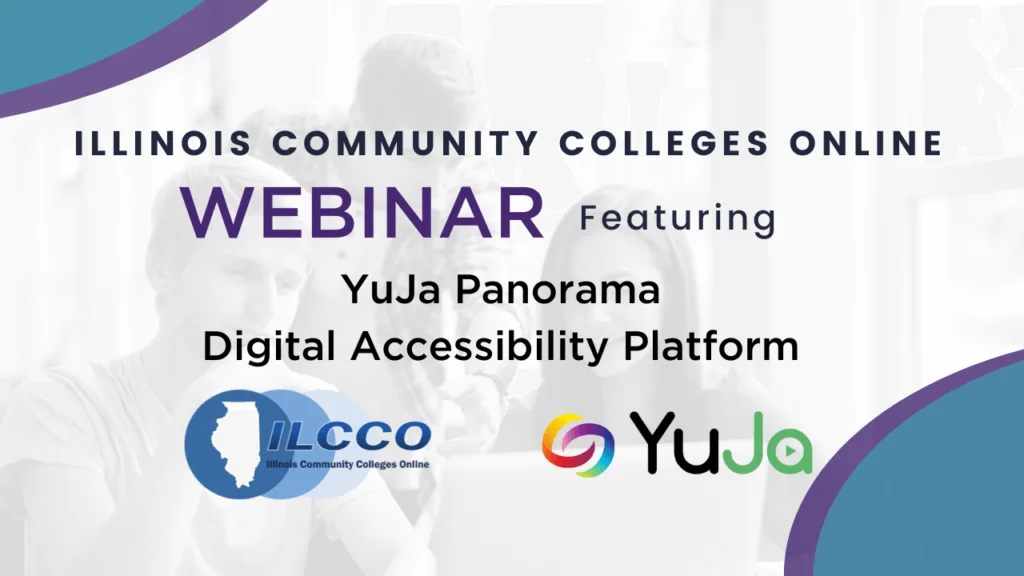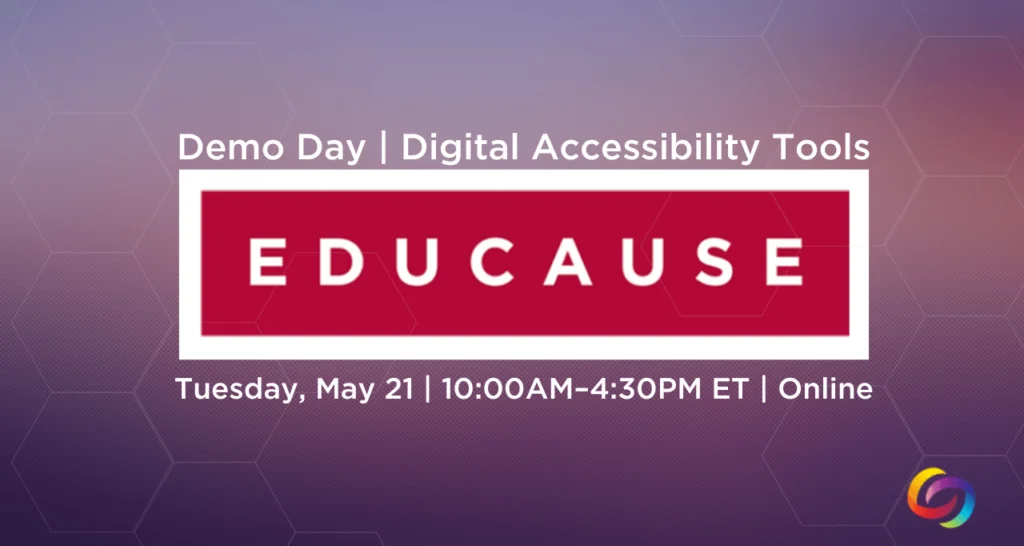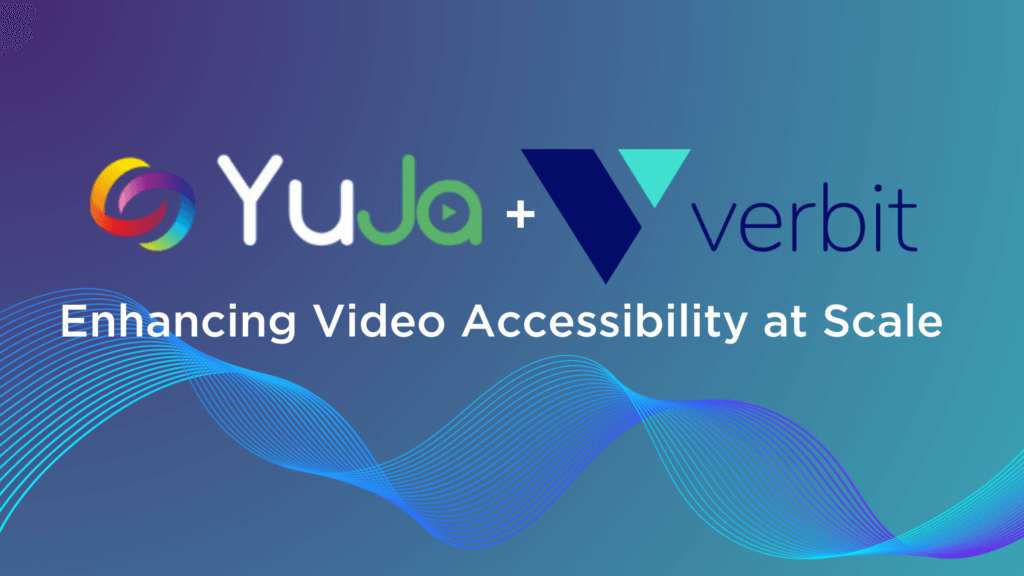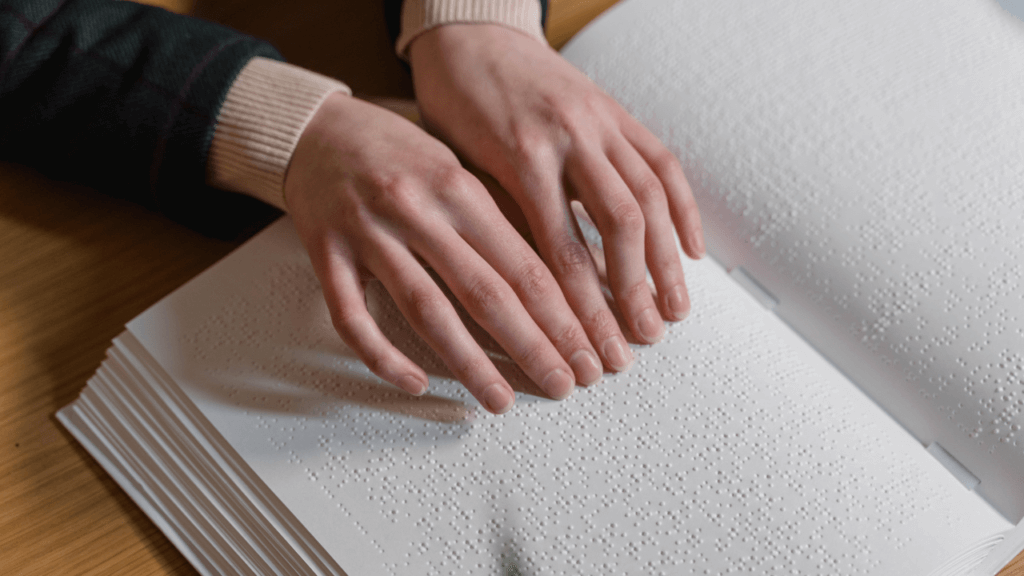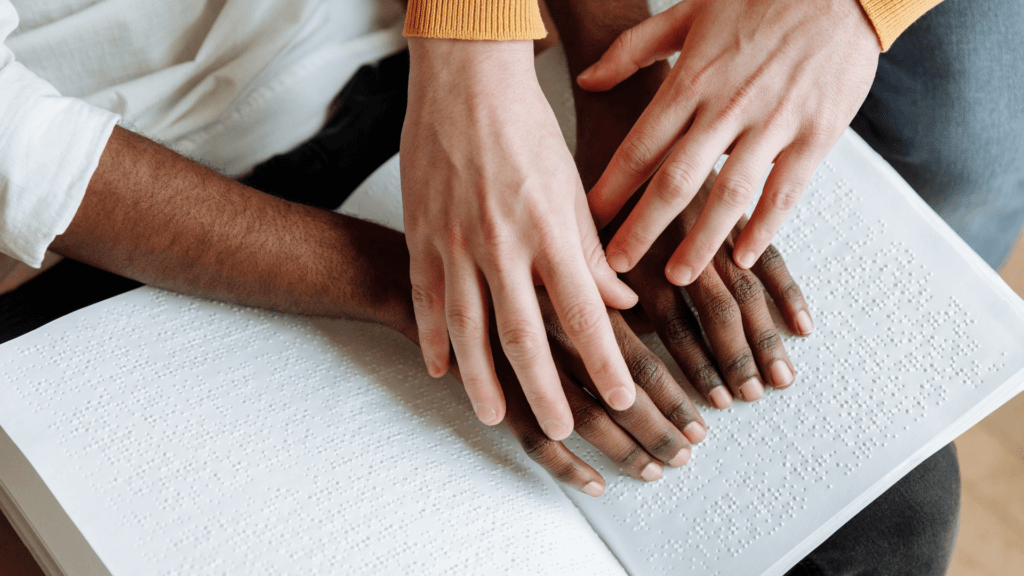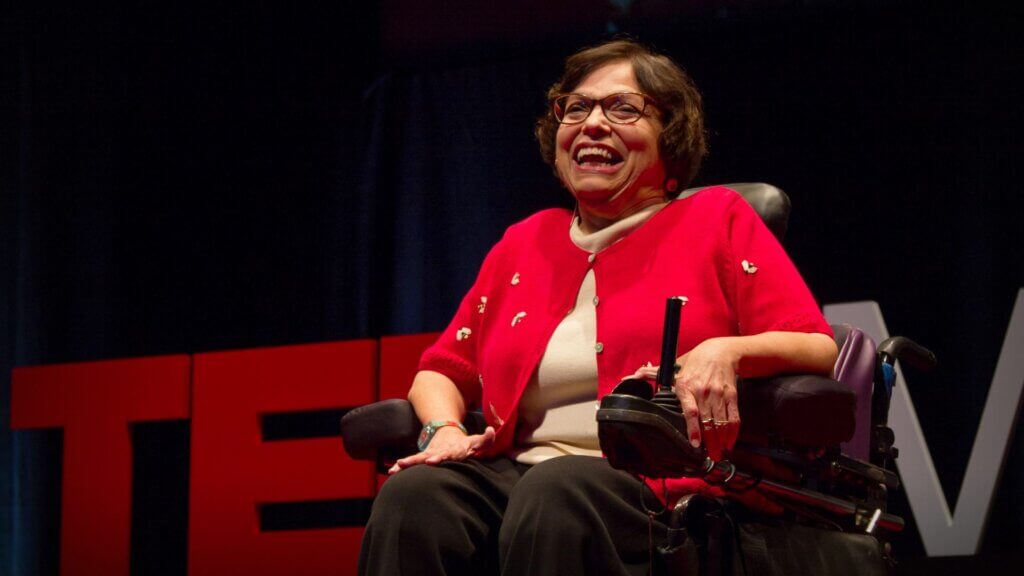July 26 marks the anniversary of the passing of the Americans with Disabilities Act (ADA) in 1990. The law prohibits discrimination against individuals with disabilities in a variety of areas, including in institutions of higher education that receive federal financial assistance.
One in four people across all ages, races, ethnicities, genders, sexualities and religions have a disability, according to the CDC, and many more will have a disability at some time in their life, whether temporarily or permanently. Disability Pride Month is a time to celebrate and honor the diverse experiences and contributions of those living with a disability, as well as to promote acceptance, inclusivity and advocacy for disability rights.
A Brief History of Disability Pride Month
The ADA was signed into law in 1990, but the first Disability Pride celebration didn’t take place until 2015.
“Disability is a part of the rich tapestry of human diversity, and something that nearly all of us will experience at some point in our lives,” said Jackie Dilworth, communications director at The Arc of the United States, a disability rights organization. “It’s also a significant identity that defines how we experience the world. Yet people with disabilities have been marginalized and misunderstood for generations.”
A flag was designed in 2019, but the initial design with zigzagging bright colorful lines caused symptoms for those who have certain types of disabilities. The redesigned flag, which was created in 2021, has diagonal stripes of the same colors, but softer and in another order (because the original flag didn’t accommodate those with red-green colorblindness) set against a black background.
The charcoal gray background is in memory of those who have lost their lives to ableism, violence, negligence, suicide, illness, and more. Each stripe represents a different type of disability:
 Red: Physical disabilities, such as mobility impairments, loss of limbs, or chronic pain
Red: Physical disabilities, such as mobility impairments, loss of limbs, or chronic pain- Gold: Neurodivergence, such as autism, ADHD, and dyslexia
- White: Invisible and undiagnosed disabilities
- Blue: Psychiatric disabilities, including mental illness, PTSD, anxiety, and depression
- Green: Sensory disabilities such as deafness, blindness, lack of smell or taste, audio processing disorders, and other sensory disabilities
Honoring and Supporting People With Disabilities
From Thomas Edison, who lost his hearing, to physicist Steven Hawking, who had amyotrophic lateral sclerosis, to athletes, scientists, inventors, and more, people with disabilities make significant contributions to their fields. “The disability community is full of problem solvers, creative thinkers and innovators,” Easterseals said on its website.
Here are some thoughtful ways people and companies can foster an environment of inclusivity for people with disabilities:
Create a culture of inclusion and accessibility, both physically and digitally. This includes providing accommodations like wheelchair ramps, closed captions, and making sure content is compatible with assistive devices like screen readers.
Support disability rights advocacy. There are many worthy advocacy groups and organizations that need financial and other resources to help advance the rights and wellbeing of people with disabilities. Consider volunteering or donating funds.
Promote an inclusive workplace by hiring people with disabilities. Companies should actively work to create diverse workplaces by providing equal opportunities for those with disabilities. Not only is it the law, but it’s the right thing to do.
Educate and raise awareness. Learn and teach others about various types of disabilities to break down stereotypes and promote inclusion and understanding.
There are many resources available, but here are a few places to get started on your educational journey*:
- Easterseals: For more than 100 years, this organization has worked to empower people with disabilities to enhance quality of life and expand access to healthcare, education and employment opportunities.
- The Arc: The Arc is the largest national community-based organization advocating for and with people with intellectual and developmental disabilities (IDD) and serving them and their families.
- The National Disability Rights Network: The Network operates in Washington, DC on behalf of the Protection and Advocacy Systems (P&As) and Client Assistance Programs (CAPs), the nation’s largest providers of legal advocacy services for people with disabilities.
*YuJa is not affiliated with any of the advocacy groups listed above and is listing them for informational purposes only.


